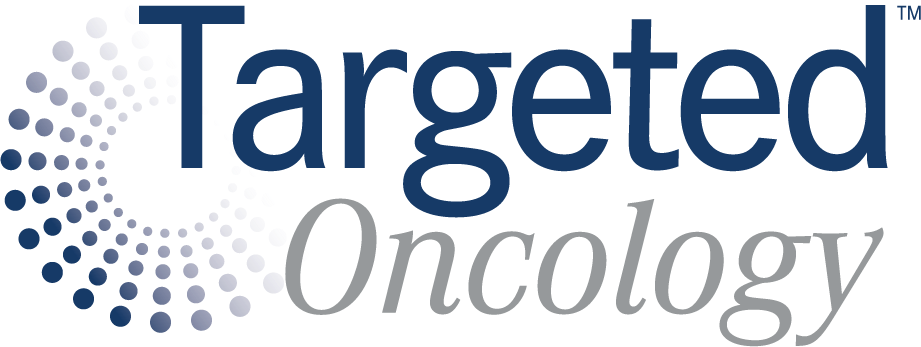Site of Neuroendocrine Tumors Affects Outcomes With Cabozantinib
Jennifer Chan, MD, MPH, discussed outcomes of treating neuroendocrine tumors (NETs) with cabozantinib depending on whether they were pancreatic NETs or extrapancreatic NETs.
Jennifer Chan, MD, MPH, clinical director at the Gastrointestinal Cancer Center and director for the Program in Carcinoid and Neuroendocrine Tumors at Dana-Farber Cancer Institute and associate professor of medicine at Harvard Medical School, discussed outcomes of treating neuroendocrine tumors (NETs) with cabozantinib (Cabometyx) depending on whether they were pancreatic NETs (pNETs) or extrapancreatic NETs (epNETs).
Results from the phase 3 CABINET trial (NCT03375320), which led to the FDA approval of cabozantinib, supported its use in both the pNET and epNETs based on separate cohorts of the trial.
Efficacy outcomes were stronger for the pNET cohort with an HR favoring cabozantinib vs placebo for progression or death of 0.23 (95% CI, 0.12-0.42; P < 0.001), whereas in the epNET cohort it was 0.38 (95% CI, 0.25-0.59; P < 0.001). Additionally, in terms of objective response rate (ORR), it was 19% with cabozantinib in the pNET cohort vs 0% with placebo, whereas there was an ORR of 5% with cabozantinib vs 0% with placebo.
Chan says it’s not known exactly what drives the differences in efficacy, but there are known biological and genomic differences between pNETs and NETs of the lungs and gastrointestinal (GI) system that translate to varied prognosis and sensitivity to therapy. She believes that the different outcomes could be explained by underlying biological differences in the tumors.
TRANSCRIPTION
0:10 | The epNET cohort was the larger cohort of patients. There were a smaller number of patients with pNETs, but from the patients who were enrolled, we did see a higher objective response rate in patients who had pNETs. The objective response rate in the pNET patients was 19% and it was 5% in the epNET patients. There was that response signal that seemed higher in the pNETs, and the HR for PFS was also stronger in the pNET cohort. Exactly what is driving that, we don't know. We do know that there are biological differences between pNETs and GI NETs and lung NETs. Although they all fall under that umbrella of diagnosis of NETs, there are differences in the genomics, the prognosis, and even sensitivity to therapy. What we're seeing with cabozantinib in the CABINET trial is probably based on some of these biological differences.











